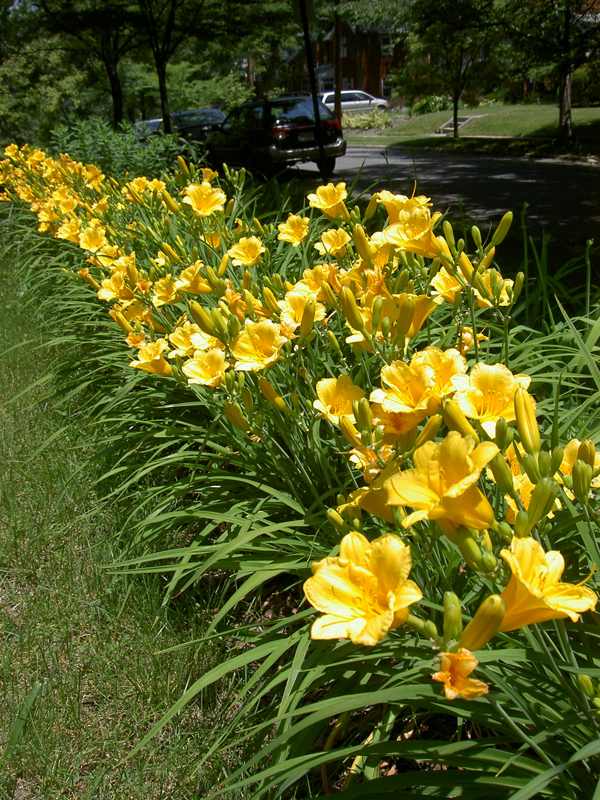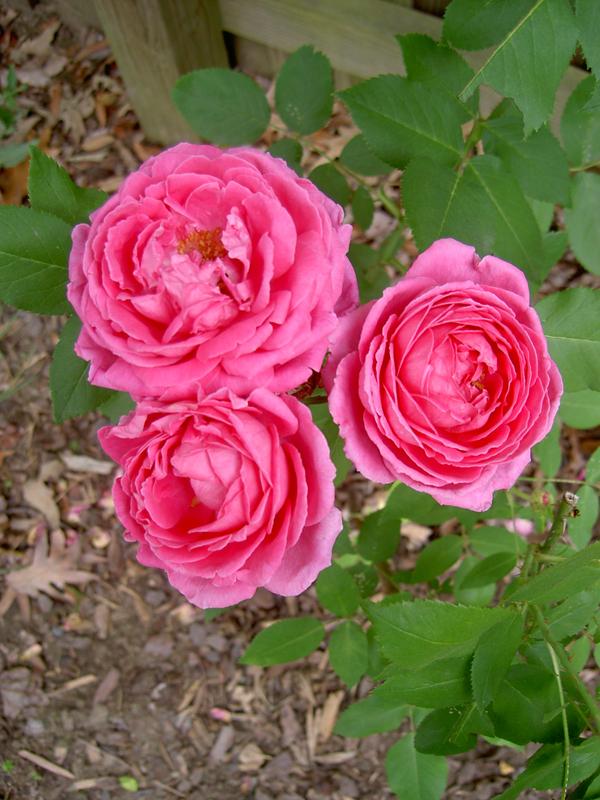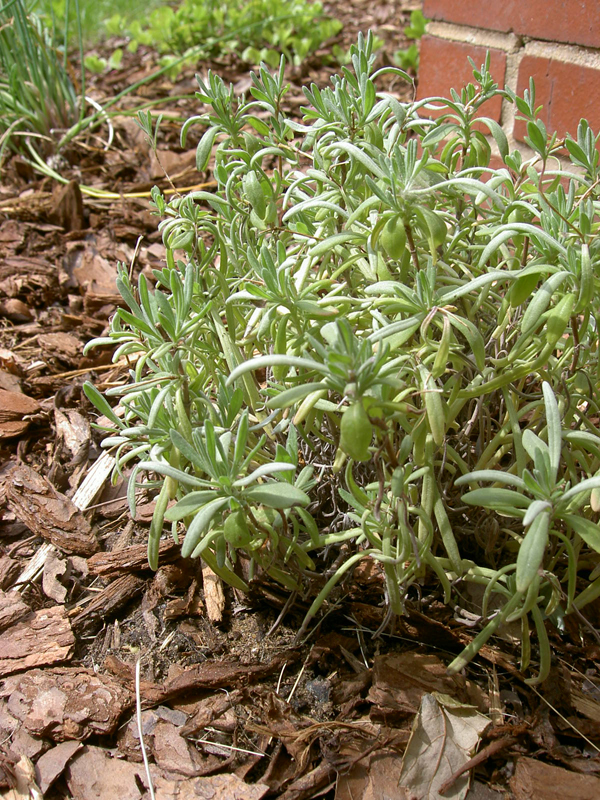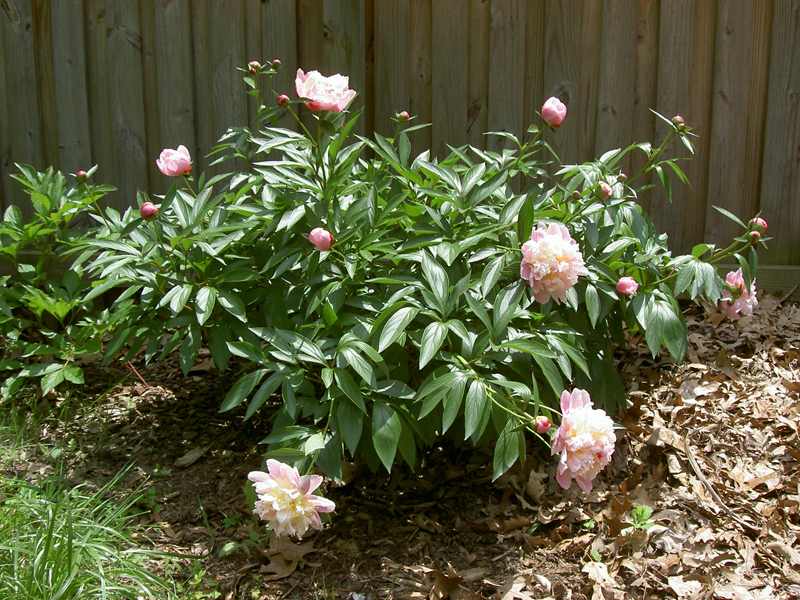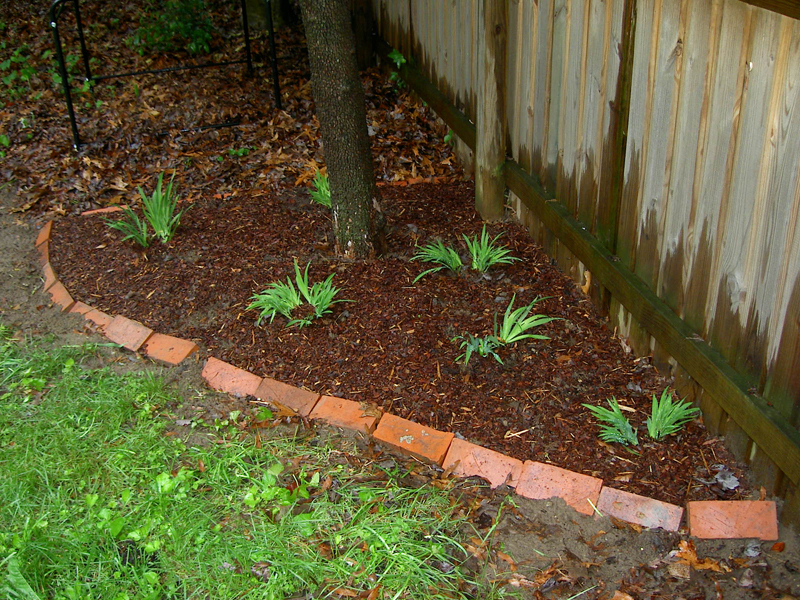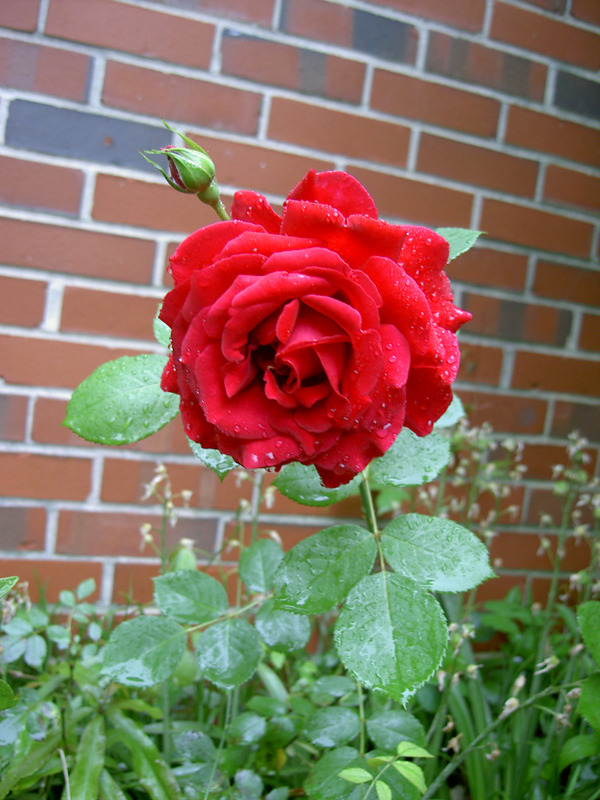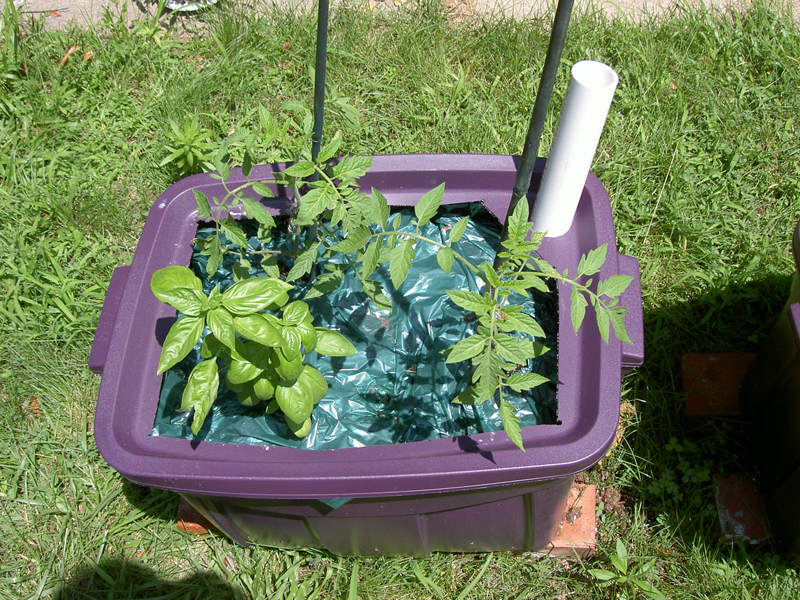
One of our homemade ‘earth boxes.’
I’ve never really been a master of DIY projects. There are plenty of things I do for myself or the house, don’t get me wrong. It’s just that I tend to learn to do the things I want to learn to do and leave the things I don’t want to learn to do to other people. Whether I could do it myself doesn’t always factor into it, and I have never really been motivated to undertake projects specifically to see if can or to save money. Again, unless it’s something I like doing myself (like painting). Which is all to say that on my own I would have simply not planted tomatoes before I either (1) spent the money on actual Earth Boxes or (2) learned how to make them myself.
I’m not on my own, though, and the siren call of free tomato plants — started by our neighbor across the street who did spring for Earth Boxes and my partner’s boss’s boss who has an enormous garden on a farm about an hour away — was too much to resist, even before all the hullabaloo about salmonella. For once I was the voice of the wet blanket (‘But you don’t even like tomatoes! But we’ll already be getting tomatoes from our farmer in the summer CSA!’) and he was the not-to-be-deterred optimist (‘We’ll make sauce! We’ll give them away! It’ll be fun!’). With a small passel of wee tomato plants on our porch, and some pepper plants thrown in for good measure, he decided to go the DIY route, relying on the instructions of those who had already tried this at home as guidance.
In the end, the most difficult part of the project was mixing the dehydrated compressed potting mix with water, something I did by hand. I got lazy the second time around and overdid it with the hose, ending up with what could only be described as a big muddy mess in two boxes. To get the dirt back to wet-but-not-sloppy, I transferred mud into the small ceramic pots I was using for herbs and into the fourth box, and then (re)introduced dry mix into all three boxes. This worked in the end, but I ended up doing just as much hard hand-mixing as I would have, so I’d recommend taking it easy with the hose. It also remains to be seen whether I have irretrievably clogged the drainage holes and/or introduced too much soil into the reservoir; it’s not clear this last is possible, but not having read the actual instructions (Not My Project) I don’t know for sure.
Having assembled the boxes and planted the plants, we are now waiting to see whether following the fertilizing recommendations — which seemed a bit extreme to me — will result in lovely big plants or poor wee things with their roots burned to death. So far it looks like we have five plants that are loving it, one plant that’s gone the way of root burn, and two that took a licking and kept on ticking. I planted basil in among the tomatoes and the peppers seem to be happy in their own pot (the first one we assembled, from a larger bin, where the base fits more snugly into the box and the side holes drain better). Now all we have to do is water them every day and wait.
